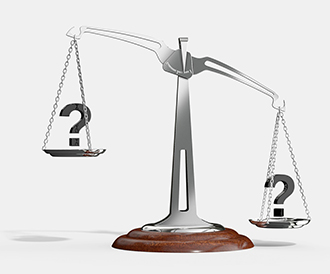|

Some of the most complex litigation
is related to damages associated with intangible assets. This litigation
involves the necessity to establish the damage first and then to
quantify the amount of the loss. Add to that the element of assets that
cannot be seen or touched and the task for the jury is daunting.
A key element of the litigation is
retaining valuation experts who understand the nature of intangible
assets and are qualified to value the assets. Generally the assets must
be valued just prior to the damage event and again subsequent to the
damage event. Generally, the difference is the loss in value caused by
the damage event. Loss of value is often the most significant element
of total damages.
Valuation Methods
There are several methods of valuing
intangible assets. Some are highly complex and others are basic and
easy to understand. As in all litigation matters, the ultimate user of
the information is either a jury or a judge. Selection of the
appropriate methodology is driven to some degree by the ability of the
trier of fact to understand the methodology. Methodology is also
limited to available information. For example, one method that is
generally used to value intangible assets is essentially a market
approach whereby transactions for similar assets are reviewed to
determine appropriate multiples. However, in a damages case the asset
has been impaired and it is nearly impossible to find similar
transactions for impaired assets.
The primary approach to valuing
intangibles is an earnings-based approach that involves reviewing
historic and projected cash flows generated by the intangible asset.
Projected cash flows are prepared in this context under two scenarios.
The first scenario is under the assumption that the damage event did
not take place. Usually historic trends are used to project future
performance but for the damage event taking place. The result is
compared to projections of cash flow given that the damaging event has taken
place. The present value of the difference between the two projections
is the amount of the damages as it easily translates into a loss of
cash flow and a loss of value. The cash flow difference is used to
quantify the damages if it is a temporary loss. If the damage is
permanent, then the cash flow difference is converted to a single value
as a loss in value. Either way, the basis of the damage calculation is
cash flow.
A similar approach is the royalty
avoidance calculation. This approach contemplates what the cost to the
business would be if they had to acquire the intellectual property from
an outsider. To determine the value of the intellectual property for
damage calculations under this method the appraiser must project future
sales directly and indirectly associated and dependent on the asset,
determine an appropriate royalty rate, and determine an appropriate
present value discount factor.
Regardless of the methodology, an
expert will be needed that understands the importance of assumptions
that are made, the need to develop a reasonable and rational
conclusion, and ultimately has the ability to explain complex concepts
in a way that a trier of fact can understand and even replicate the
calculations.
|